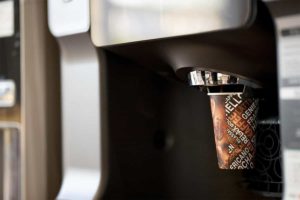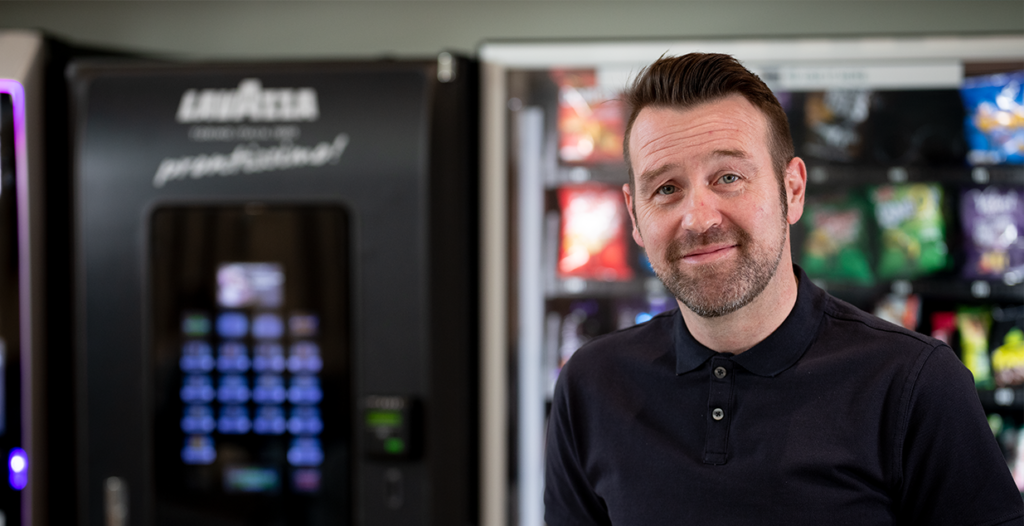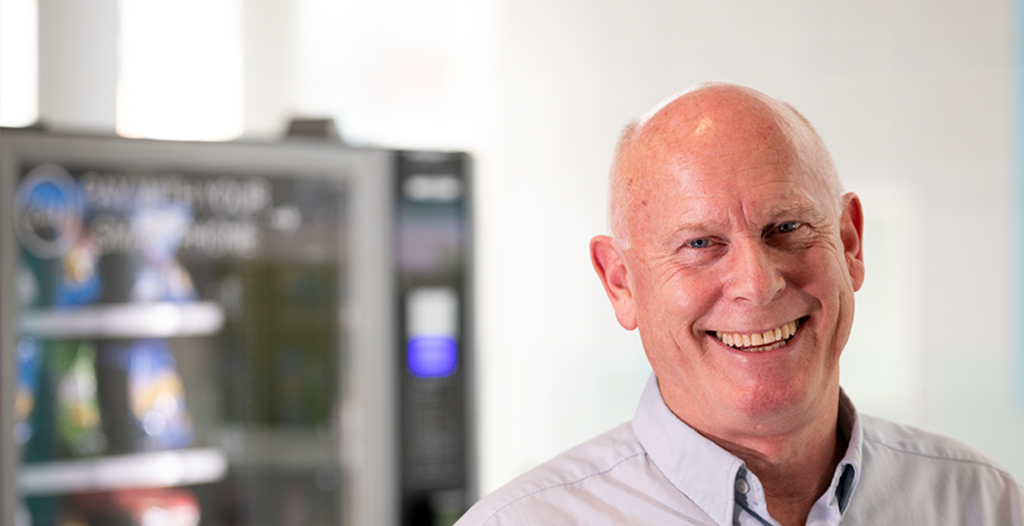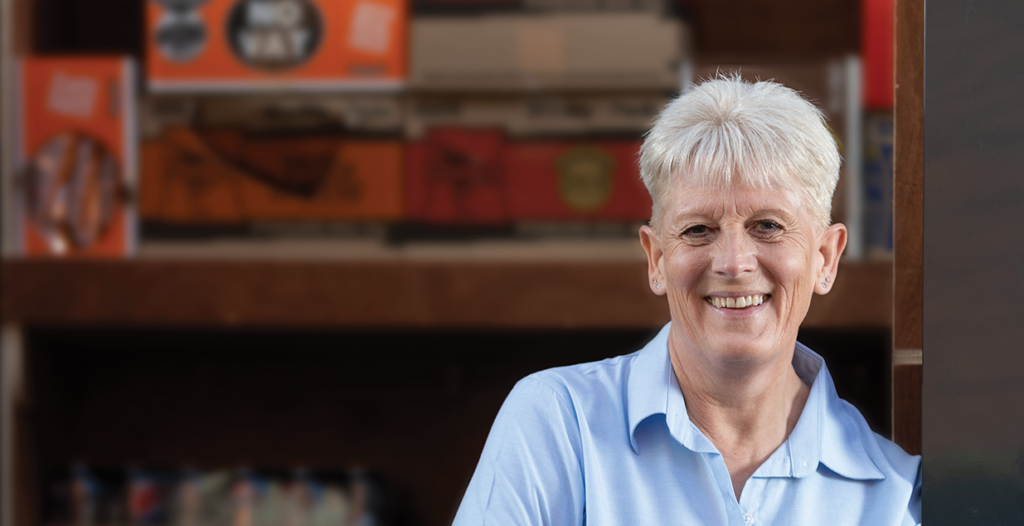It depends on what your values are and what you consider to be sustainable. For instance, is it the environmental impact, or is it social and economic contributions? This article provides some examples of what sustainable coffee could look like and why.
Environment, economical and
social impacts
¡TIERRA! coffee is the result of Lavazza’s commitment to sustainability, in conjunction with the Rainforest Alliance, an NGO which promotes the rights and well-being of workers’ communities, certifying farms which must meet rigorous social and environmental standards. (1)

Tierra! Selection is a coffee from 100% certified Rainforest Alliance farms. For a farm to become certified, they must meet Rainforest Alliance Sustainable Agriculture Standard, which encompasses the three pillars of sustainability — environmental, economic and social. Rainforest Alliance Certified™ farms are audited regularly to verify that farmers are complying with the Standard’s comprehensive requirements. (2)
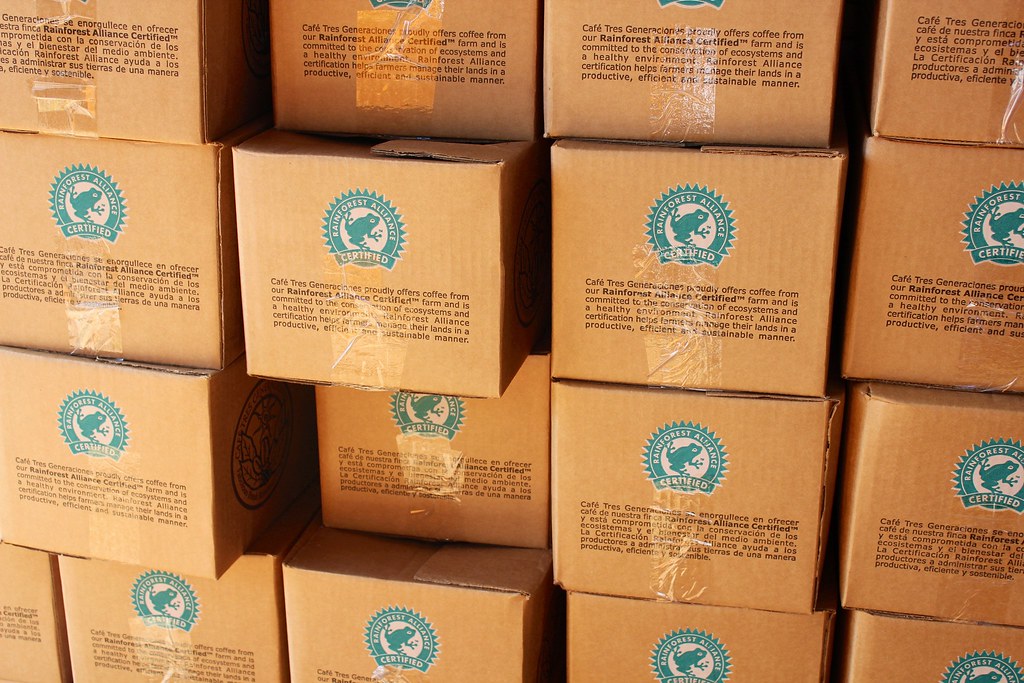
Carbon footprint
Coffee could even be considered sustainable through the way it was dispensed, moments before you drink it.
For exmaple the Eco Encore from Westomatic is a hot drinks machine made from 100% recycled metalwork and uses minimal energy thanks to it’s energy management system. This reduces the amount of CO2 produced in both the manufacturing and running of the machine.
Planet and Coffee lovers can go one step further and dispense the hot drink into a reusable, recyclable or biodegradable cup. Single use cups are a contributing factor to the damaging effects on the environment, through their beginnings in the manufacturing process and how they’re handled as waste. Using reusable, recyclable or biodegradable cups can be one way we can all reduce the impact cups have on the environment. For more reasons to champion cup recycling, read our article here.
To learn how you can have any of the products mentioned above implemented in your work place, feel free to contact us via enquiries@thevendingpeople.co.uk
